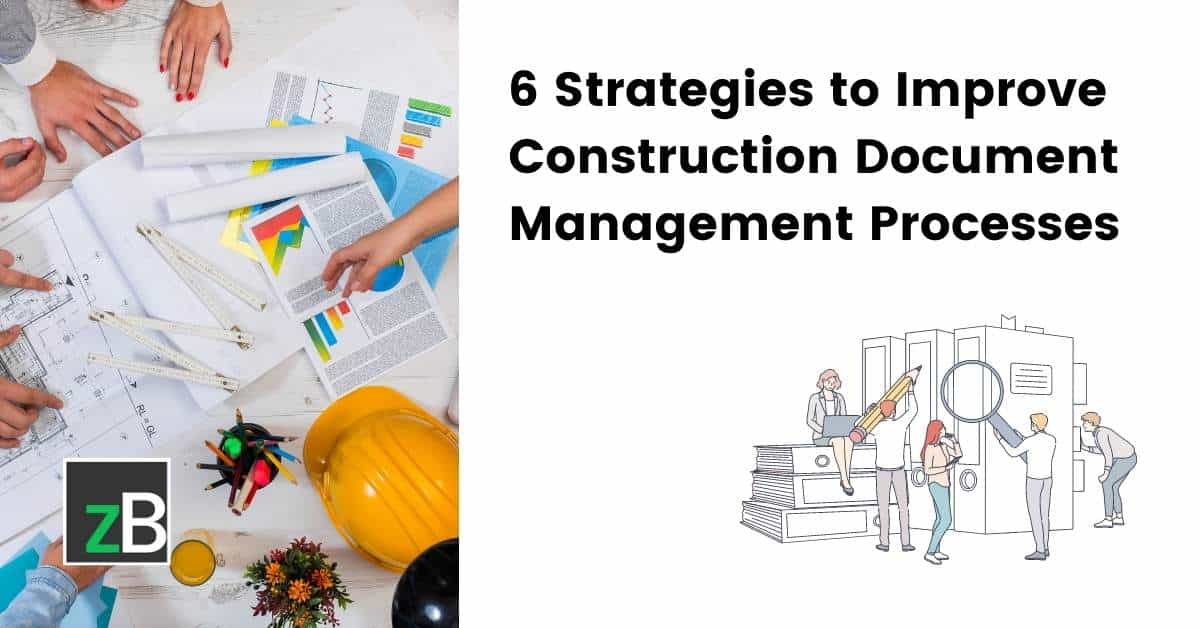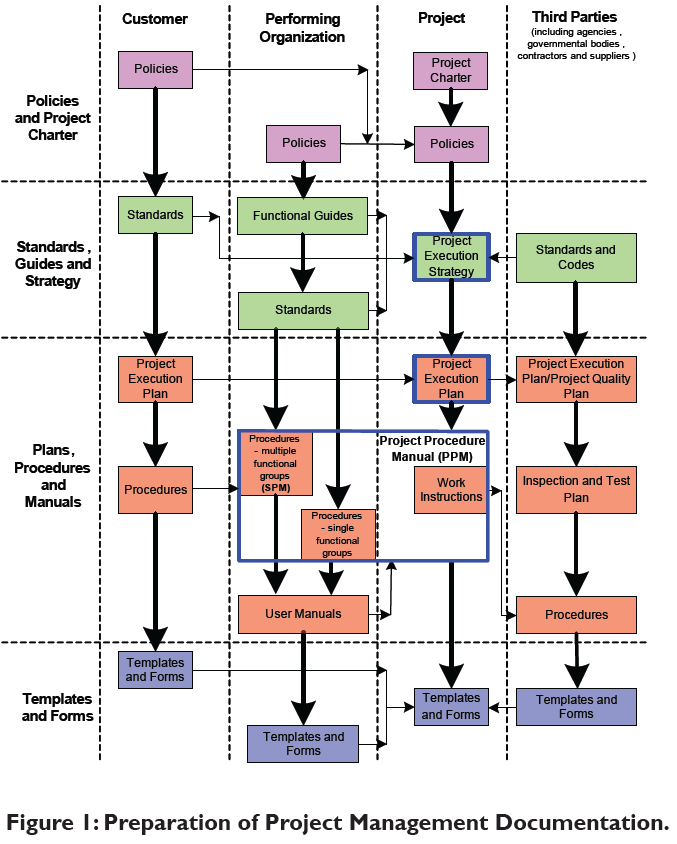Grasping Company: Improve Performance with Construction Document Management
Optimizing Project Partnership: Engineer's Ideal Practices in Building And Construction Paper Administration
In the complex world of architectural projects, the reliable management of building and construction documents stands as a keystone for success. Architects, with their meticulous focus to detail and cutting-edge style options, are tasked with orchestrating a symphony of stakeholders, sources, and timelines. Nonetheless, amidst this intricacy lies a sixty-four-thousand-dollar question: how can architects improve cooperation processes to improve task results? By discovering vital methods such as leveraging cloud-based systems, establishing robust communication methods, and making sure data security, designers can raise their file management methods to brand-new elevations.
Leveraging Cloud-Based Systems
Leveraging cloud-based systems is a fundamental strategy for modern designers in enhancing building and construction record monitoring procedures. By transitioning from typical paper-based systems to shadow remedies, engineers can streamline collaboration, boost record accessibility, and boost overall job effectiveness. Cloud-based systems offer designers the capability to shop, share, and update building and construction documents in real-time, ensuring that all employee have accessibility to the most current details despite their place. This accessibility advertises smooth interaction and sychronisation among task stakeholders, bring about fewer errors and hold-ups in the building process.
In addition, cloud-based platforms give a safe environment for keeping sensitive task information, using encryption, normal backups, and individual permission setups to protect information integrity. Designers can also take advantage of the scalability of cloud remedies, allowing them to change storage capability and capability based on task requirements. Generally, leveraging cloud-based systems empowers engineers to optimize their building record administration procedures, driving better partnership, performance, and success in their projects.
Carrying Out Variation Control Systems
Having actually established the advantages of cloud-based platforms in construction file administration, engineers can currently improve their file control procedures by executing Variation Control Systems. Version Control Solution (VCS) are necessary tools that track changes in documents, ensuring that group participants are constantly working with the current and most accurate information. By executing VCS, designers can maintain a centralized database where all project documents are kept, enabling smooth collaboration while reducing the threat of errors and version disputes.
One key benefit of Version Control Systems is the ability to track the full background of file adjustments, permitting users to go back to previous variations if required (construction document management). This feature is especially useful in construction projects where design versions and alterations prevail. VCS assists in far better interaction among team members by supplying a clear audit trail of that made particular modifications and when they were made. This openness not only boosts responsibility yet also aids in fixing conflicts or discrepancies that might arise throughout the job lifecycle.
Establishing Interaction Protocols
To ensure effective and effective job control, engineers need to develop clear and durable communication procedures within their building file management processes. This platform could be a project administration software, email strings, or cloud-based storage services.
Furthermore, communication protocols need to additionally consist of guidelines on how to handle conflicts, adjustment orders, and immediate problems that may arise throughout the task lifecycle. Establishing a structured approach to interaction makes sure that all stakeholders are on the same web page, advertises transparency, and ultimately adds to the successful completion of the building and construction job.
Utilizing BIM Software Program for Coordination
BIM software program plays an essential role in boosting sychronisation among project employee in the building and construction industry. Structure Information Modeling (BIM) facilitates partnership by offering a central platform where engineers, engineers, professionals, and various other stakeholders can work with each other in a collaborated fashion. With BIM software, job individuals can access and update a common model which contains comprehensive details about the structure design, building parts, and task timetables.

Furthermore, BIM software program allows real-time collaboration and communication among staff member, no matter their physical place. Via cloud-based BIM systems, task stakeholders can access the latest project information, track changes, and make informed decisions quickly. In general, leveraging BIM software application for coordination improves job efficiency, productivity, and ultimately leads to successful task results.
Ensuring Data Safety and Conformity
In the world of building document administration, safeguarding information honesty and making sure governing compliance are extremely important considerations for designers and various other project stakeholders. Engineers must carry out durable safety and security procedures to safeguard delicate task information from unauthorized accessibility or violations. Utilizing safe cloud storage space solutions with file encryption methods and access controls can assist alleviate threats related to data theft or loss. Regularly updating software application and systems, performing security audits, and offering personnel training on information safety ideal practices are important action in preserving a safe and secure atmosphere for building document administration.

Verdict
Finally, architects can enhance project partnership in construction paper management by leveraging cloud-based platforms, implementing version control systems, developing communication procedures, making use of BIM software application for control, and guaranteeing information security and compliance. These ideal practices assist streamline the construction process, boost communication among job stakeholders, and improve performance in project distribution. By following these standards, designers can effectively take care of construction records and facilitate effective job end results.
Via BIM software application, task individuals can access and upgrade a shared model that includes in-depth details concerning the structure design, construction elements, and task timetables.
Through cloud-based BIM systems, task stakeholders can access the latest project information, track changes, and make informed decisions promptly - construction document management. In general, leveraging BIM software application for coordination enhances project efficiency, performance, and inevitably leads to effective task end results
In final thought, designers can enhance project cooperation in building and construction file management by he has a good point leveraging cloud-based platforms, carrying out version control systems, establishing communication procedures, using BIM software program for sychronisation, and guaranteeing data security and conformity. These ideal methods help streamline the building procedure, boost interaction among project stakeholders, and boost effectiveness in job delivery.